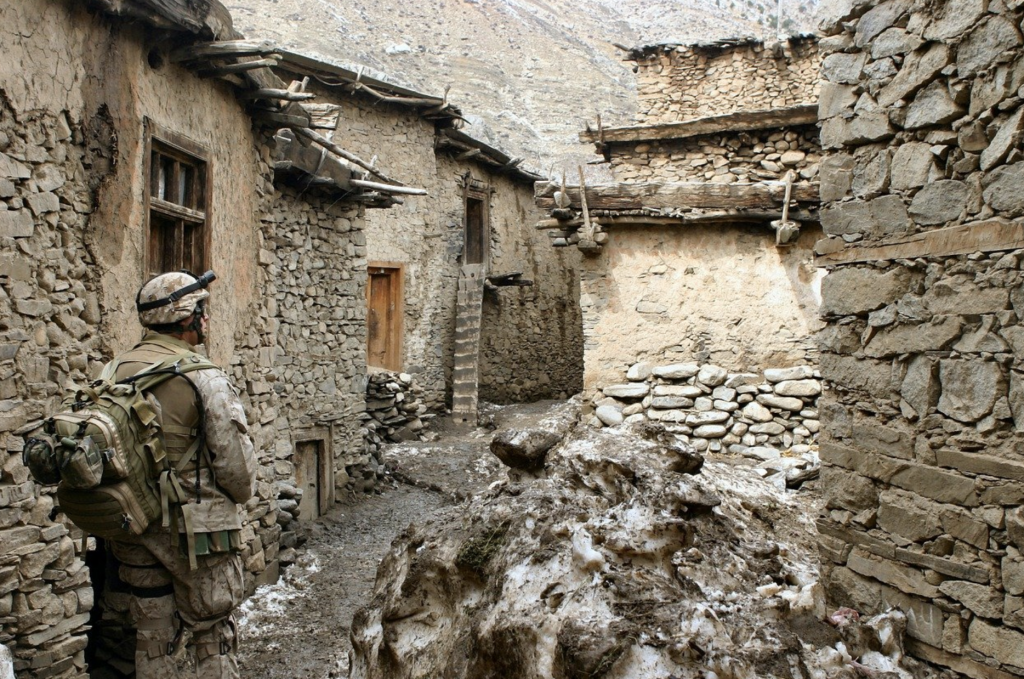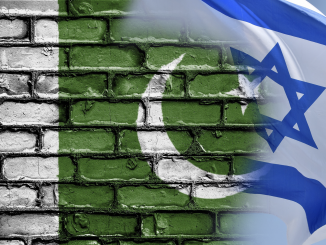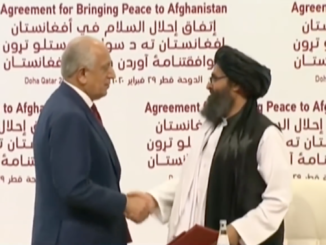
The 21st century is home to constant ups and downs in world affairs. The first quarter of this century allowed the world to witness several global changes. From Libya, Iraq to Syria, the world expected many course-changing events. Today the conflict in Afghanistan stands as the longest conflict of the 21st century so far. It has turned into a battleground since the 9/11 attacks in 2001 at World Trade Center.
The history of this contemporary brutal conflict in Afghanistan can be linked with the Soviet intervention of 1979. At that time a pro-communist party took the wheel of the country in a coup and USSR came to their aid. People around the country took to the streets and started the arm resistance. They were termed as Mujahedeen’s who were being supported by the USA. After 10 years of bloodthirsty war Soviet forces finally pulled out in 1989. In 1992 the last communist president of Afghanistan, Mohammad Najibullah offered a peace agreement to the Mujahideen but it was rejected and the capital of the state was captured by the warlords and different groups of Mujahedeen. They controlled the country for almost four years, In 1996 the Taliban came to power and took charge of the country under the command of Mullah Omar who was himself an ex-mujahideen fighter. From here the story of the Taliban’s era began.
The name Taliban in the native Pushtoon language refers to ‘’Students.’’ Historians believe that their origin can be traced from Pakistan where they were trained in different religious institutions. They were turned into hardcore religious fighters. It is further narrated that the Mujahideen’s rule was exploited and there was corruption, lawlessness, and poverty. When the Taliban took the charge of the state, they firmly believed that they will eradicate such social problems. During all this phase, neither the US nor the West paid any attention to the ongoing drama on Afghan soil.
History took a new turn in 2001 after the 9/11 attacks. On September 11, 2001, the World Trade Center was attacked in the USA in which 2977 people lost their life. Investigations showed that Al-Qaeda which was a militia residing in Afghanistan under command of Osama-Bin-Laden was responsible for this attack. The US demanded the handover of Bin-Laden which the Taliban refused. As a consequence, US along with its NATO allies attacked Afghanistan. The Taliban were kicked out of Kabul in a matter of weeks and the US finally took the control of power from the Taliban in December 2001. In that chaos, The Taliban scattered themselves in different faraway parts of the country. Some of them sneaked into Pakistani territories. They continued their insurgency and used guerilla tactics to launch their activities even in the hidings. This war is continuing till today.
The US has witnessed four Presidential changes during the war. Each of them brought new hybrid policies. Some went for offensive realism by deploying more troops while some hesitated and opted to pull out. Today after almost 20 years of combat there is some hope for peace after the US-Taliban talks. The current US president Joe Biden has decided to pull out troops from Afghanistan by September 2021. The war cost the lives of more than 45000 Afghan soldiers and 3000 foreign soldiers out of which almost 2300 were Americans. So, what else did changed in Afghanistan? What was the objective of this conflict and what has been achieved? Numerous questions are going on around the globe. Interestingly today Taliban control more of the Afghan land than they ever did since 2001. Experts believe that the US has failed to gain its objective and nothing productive has been extracted from these 20 years of conflict. The US utilized billions of dollars in the conflict but the results are uncertain. So, what is the fundamental reason that the Taliban stood undefeated? It can be answered in many facts.
First of all, it’s about the strategic nature of native Afghanis which is a by-product of long-term engagement in wars and combats, even before 2001 invasions the locals have been engaged in several conflicts. They have been groomed in the sounds of bullets and rockets. For them combat and war became normal. Adding fuel to the fire the Afghan terrain is sophisticated and never easy to understand. It is often referred to as ‘’Grave Yard of Empires’’. The native Afghan Taliban fighters are habitual to these terrains and ultimately take this geostrategic advantage.
When it comes to their strength; they don’t have any sort of top-of-the-line complex military technology neither they have any aerial effective power. All they have is local legitimacy and a fine reputation. They can convince people that their way of governing is swifter and more effective. They keep strongholds at the local level stay engaged with the natives. They promote religion and take public support. They make the people believe that the current Afghan government is de-facto in nature and no one is sure about their future. They are corrupt and illegible. They can never guarantee a truly just and Islamic system. In addition to this for their financial needs, they depend on two major things. Local taxation and opium export are the lifelines of the Taliban which allow them to stay geared for any offensive. They have their controlled parts of the country. They take reasonable taxes from the public and even enjoy public support. When it comes to Opium, 90 % of global heroin (a drug that is derived from the opium plants) is exported from Afghanistan. Farmers in Afghanistan are connected with this field and in often cases it is the ultimate source of their earnings. US and Afghan forces have failed to sabotage this system because it leads to poverty and eventually more people turn in favor of the Afghan Taliban. Next comes the US factor. The USA itself lacked at many stages which allowed the Taliban to re-shape themselves and attain power. At first, in 2003 Bush administration opened another front. They attacked Iraq to overthrow Saddam’s government. In such conditions, US focus from Afghanistan was diverted. Many troops, military advisors, and members of executive planning were ordered to work in Iraq. Except this, the US signaled the Afghan citizens that they will bring opportunities, infrastructure, and a better life to the people but time showed that the US failed to deliver despite giving almost three trillion US dollars in the conflict. For instance, the ring road project which was aimed to connect major districts of Afghanistan was halted due to many reasons. The construction site was constantly attacked by the Taliban and it is believed that in some districts it cost around 5 million per mile. Adding fuel to fire, the new policies of changing administration in the US pushed the locals to join hands with the Taliban as they became unsure about the future of the US-supported Afghan government. For instance, Donald Trump the third president of the US during conflict said on media that now he is not looking at nation-building in Afghanistan instead his only aim is to crush terrorists. Such statements also compelled the people to revise their choices. Last but not least overly centralized government of Afghanistan is also on the hit of many critiques. People believe that they have failed to deliver what people expected. They are criticized for corruption and unjust behavior. So, in addition to the struggle, the Taliban made, the loopholes created by the US and its supported Afghan-govt acted as the catalyst for the Taliban. Today the Afghan Taliban are the wealthiest and most self-dependent non-state armed group. Except this, their strength can be deemed from the fact that now they are able to sit and talk with the world hegemon.
![]()




Outstanding